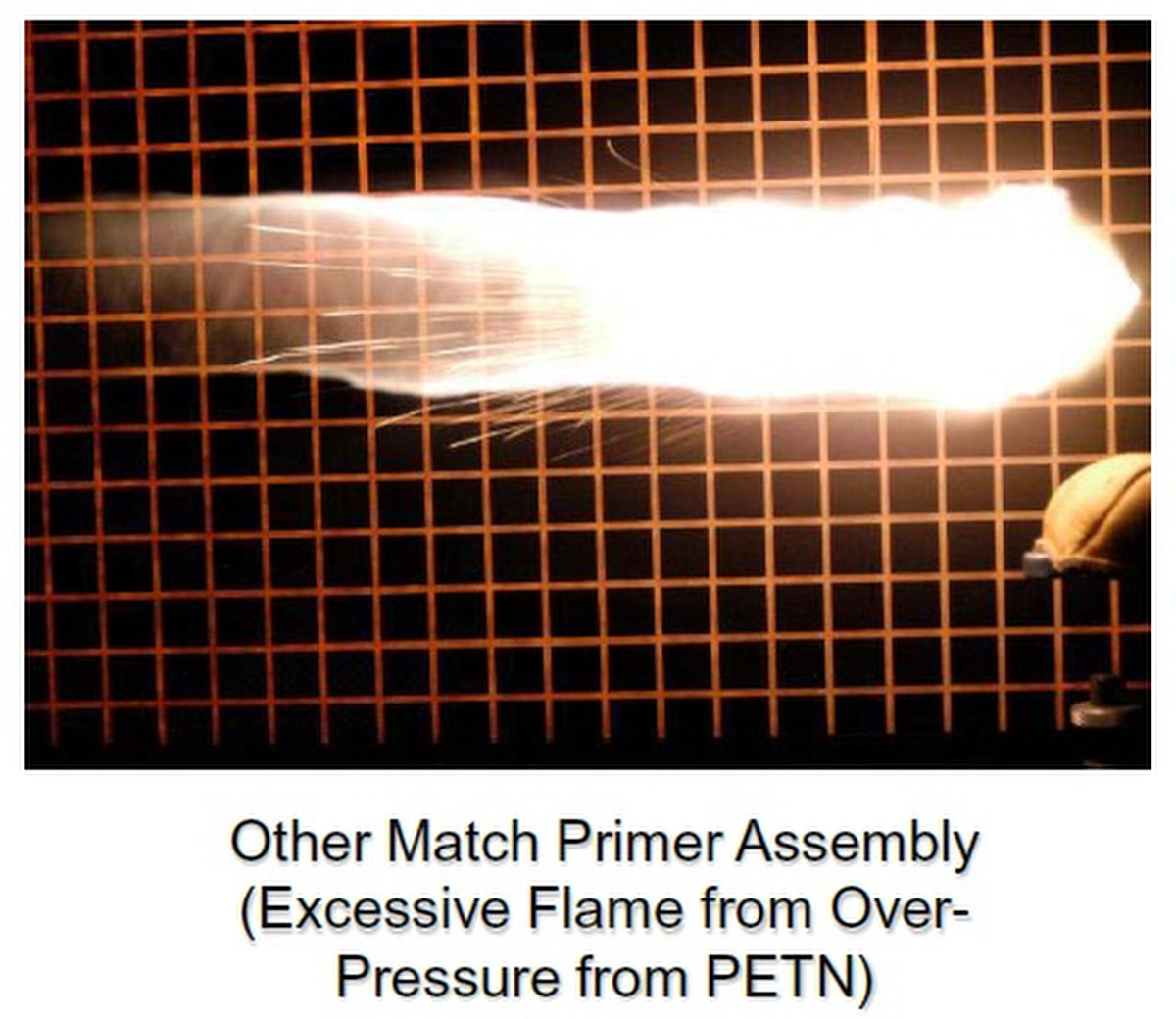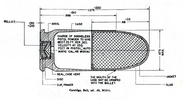I picked my first hunting rifle because it was a cartridge that has been around for over a hundred years. 35 Remington. And now, it is impossible to find ammo or components for. It makes me leery of investing in a new cartridge like 6.5 Creedmore, because no one knows how long anything is going to stick around.
I don't place much stock in the solvents and wannabe solutions for cartridge life of the article. Why? Because consumerism drives innovation almost, if not more so than military contracts. In the 1970s and 1980s, 9mm was considered the weakest service caliber. Agencies opted for the 40 S&W and the 10mm. Then the 1986 Miami shootout happened. Where the 9mm really came under a microscope. Using the basis of this article, 9mm should have died. But it didn't. It went through a major change and is now the most common caliber on the planet. Arguably alongside 22LR. It is now considered "good enough" for agencies world over as well as civilian self defense use.
Chemical studies along side military studies in the article is frank hogwash BS. The military has known what makes stable powder and primer work for the better part of a century. And made significant bounds since Vietnam on the stability and reliability of powder propellants over the IMR 4475. Which is long dead because of issues related to 5.56 NATO. The author is throwing out terms that sound smart, but aren't. I have fired ammo from before the author was even born. And work fine. Jim Dickson majorly writes for Huffington Post and New Food magazine. Emphasis not in firearms. But I digress. Self proclaimed "expert" in firearms is not always the case.

 smallarmsreview.com
smallarmsreview.com


 smallarmsreview.com
smallarmsreview.com


